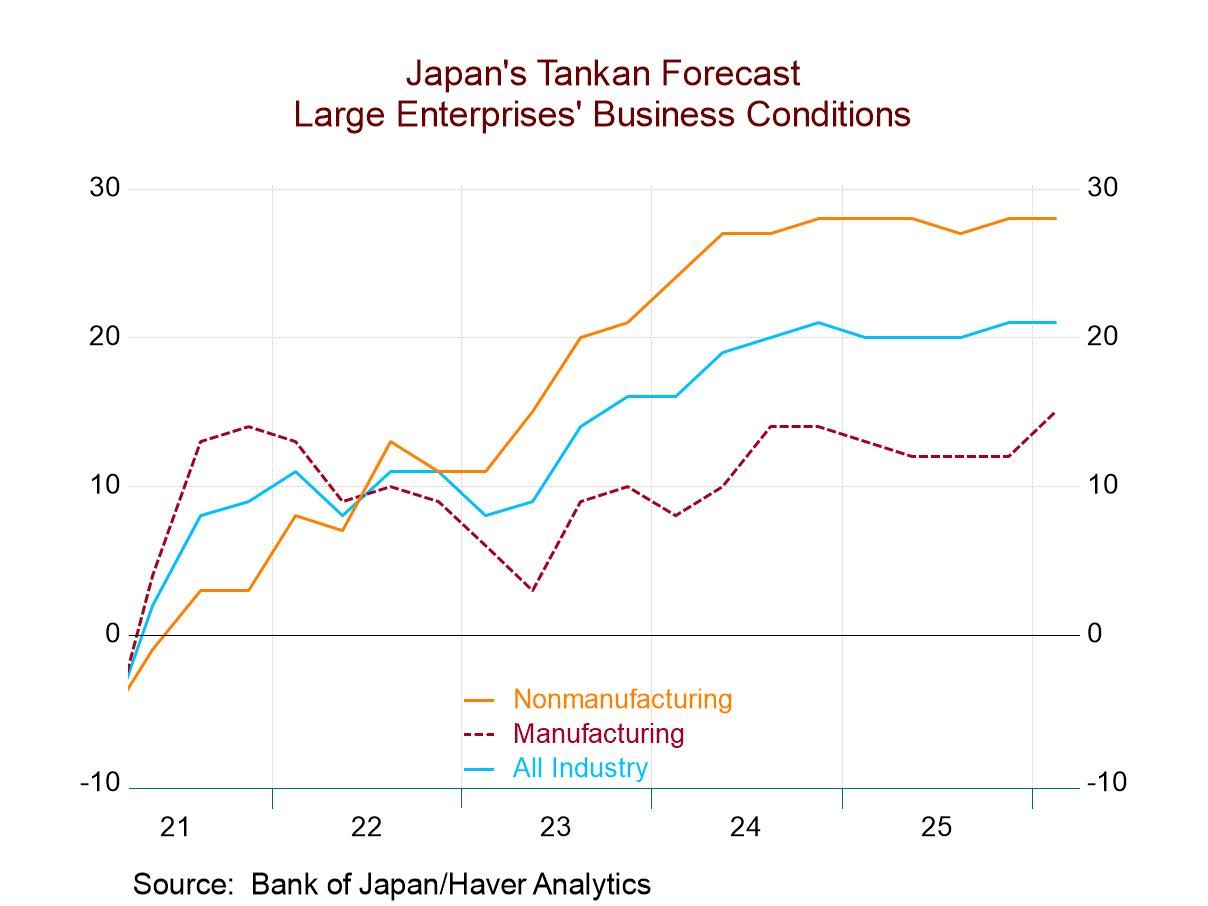Consumer Credit Again Shows Modest Growth
Summary
- Revolving credit outstanding decreased slightly in April.
- Nonrevolving credit turned up somewhat in April.


Consumer credit outstanding rose $6.4 billion seasonally adjusted in April following a decrease of $1.1 billion in March, which was revised from a $6.3 billion increase reported before. The Action Economics Forecast Survey looked for an $11.0 billion increase in the April data. The ratio of consumer credit outstanding to disposable personal income was 24.2% in April, marginally less than the 24.3% in March.
Revolving credit outstanding, which includes credit cards, eased $0.5 billion in April, after a $1.7 billion increase in March and an $11.8 billion increase in February. The vast majority of revolving credit outstanding is held by depository institutions, with their share averaging 90.7% over the last four months and 90.4% over all of 2023.
Nonrevolving credit increased $6.9 billion in April after decreasing $2.8 billion in March and being unchanged in February. Not seasonally adjusted, nonrevolving credit grew 0.3% y/y in April after 0.1% in March. The April amount included $1,486 billion held by the federal government, down 0.5% from April 2023, $908 billion at depository institutions, down 3.2% from April 2023, $714 billion at finance companies, up 6.9% from a year ago and $575 billion at credit unions, up 0.3% from a year ago.
By specific credit type, there were $1,752 billion of student loans outstanding at the end of March, down 1.3% from a year earlier, and $1,553 billion in motor vehicle loans at end-March, up 2.4% from a year ago.
The consumer credit figures from the Federal Reserve Board are break-adjusted and calculated by Haver Analytics. The breaks in the series in 2005, 2010 and 2015 are the result of the incorporation of data from the Census and the Survey of Finance Companies, as well as changes in the seasonal adjustment methodology. The consumer credit data are available in Haver’s USECON database. The Action Economics forecast figures are contained in the AS1REPNA database.


Carol Stone, CBE
AuthorMore in Author Profile »Carol Stone, CBE came to Haver Analytics in 2003 following more than 35 years as a financial market economist at major Wall Street financial institutions, most especially Merrill Lynch and Nomura Securities. She had broad experience in analysis and forecasting of flow-of-funds accounts, the federal budget and Federal Reserve operations. At Nomura Securities, among other duties, she developed various indicator forecasting tools and edited a daily global publication produced in London and New York for readers in Tokyo. At Haver Analytics, Carol was a member of the Research Department, aiding database managers with research and documentation efforts, as well as posting commentary on select economic reports. In addition, she conducted Ways-of-the-World, a blog on economic issues for an Episcopal-Church-affiliated website, The Geranium Farm. During her career, Carol served as an officer of the Money Marketeers and the Downtown Economists Club. She had a PhD from NYU's Stern School of Business. She lived in Brooklyn, New York, and had a weekend home on Long Island.





 Asia
Asia